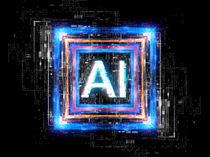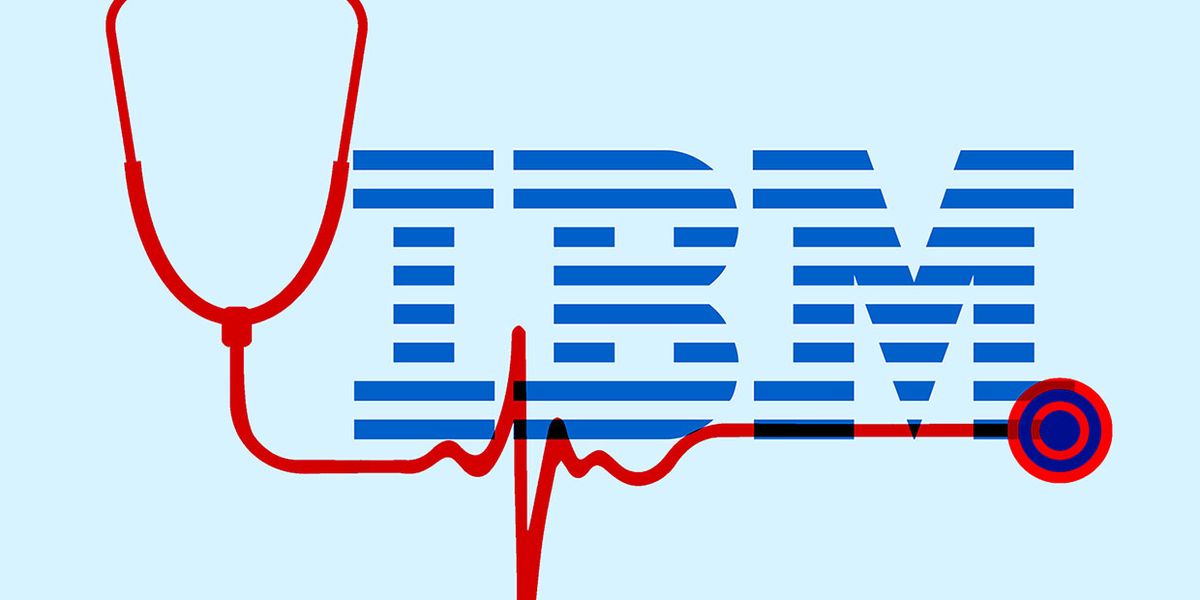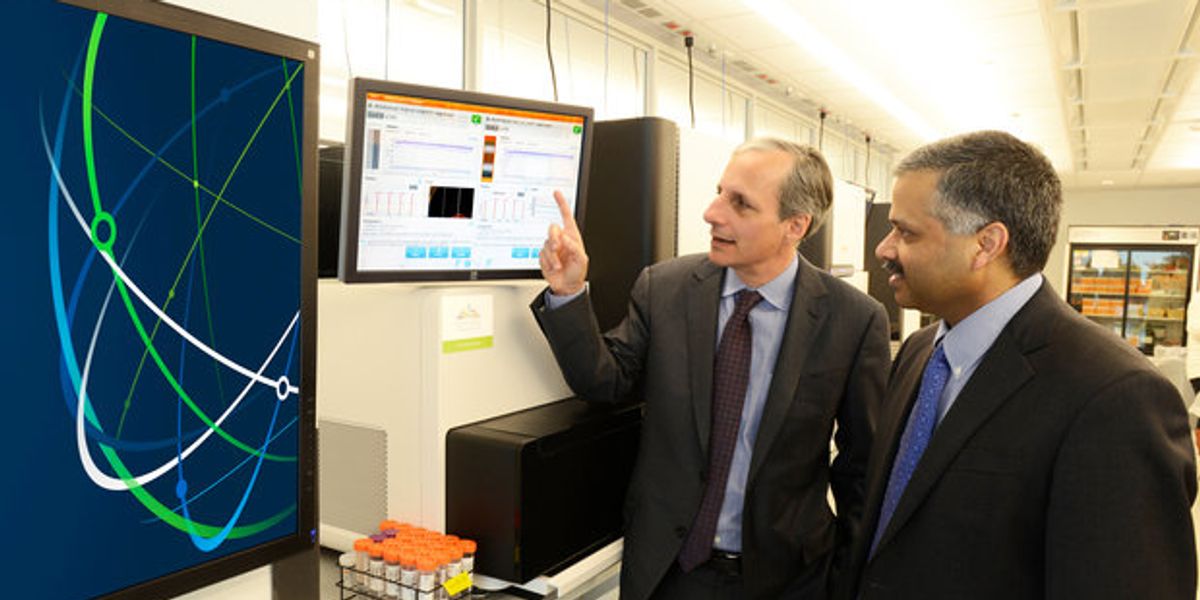Watson
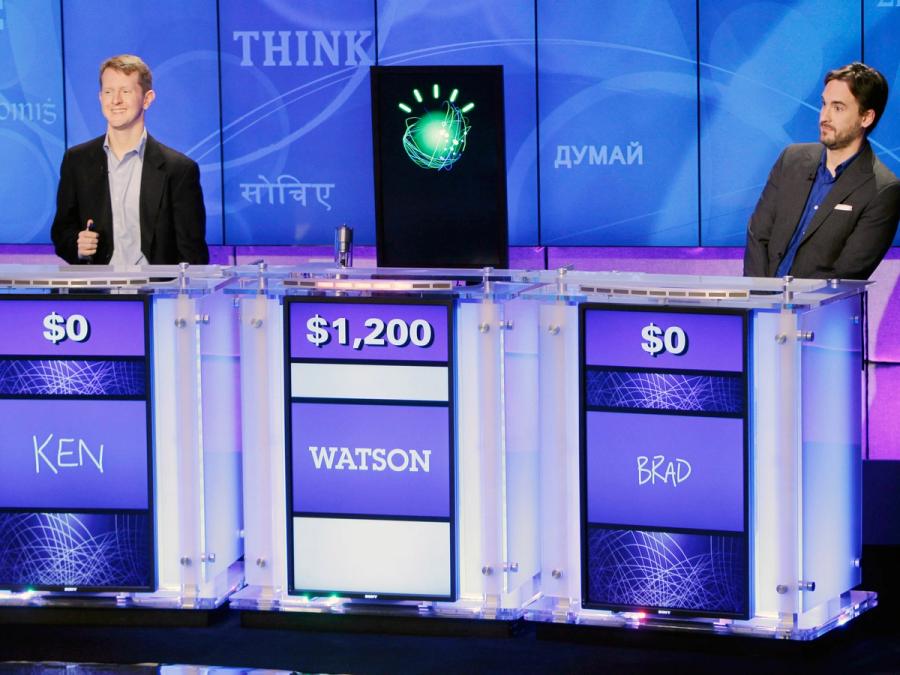
Watson is an AI system designed to answer natural language questions. It trounced the human competition in a special edition of Jeopardy!, and its first real-world application will involve healthcare data.
- Creator
- Year
- 2011
- Country
- United States 🇺🇸
- Categories
- Features
Did you know?
The minimum system requirements needed to run Watson involve a server that costs $1 million.

History
In 2011, IBM unveiled Watson, an AI computer system capable of answering questions posed in natural language. The machine was built as part of IBM's DeepQA project by a research team led by principal investigator David Ferrucci. Watson first demonstrated its natural-language processing powers on "Jeopardy!," a game that employs puns and wordplay in its trivia clues. For each clue, Watson had to make sense of the messy English language, parse complicated phrasing, and search through up to 200 million pages of text. After a lackluster Day 1 debut, Watson completely dominated the game on Day 2, except for a now-infamous "What is Toronto?????" mistake. On Day 3, Watson confirmed its superiority by defeating human "Jeopardy!" superchampions Ken Jennings and Brad Rutter by a wide margin. As Jennings put it afterwards, "I for one welcome our new computer overlords." However, despite a US $1 billion investment, IBM's attempts at commercializing Watson weren't as successful as its game show performance. In health care, Watson demonstrated some early promising results, but larger deployments failed to impress doctors and struggled to turn a profit. In January 2022, IBM announced it was selling off its Watson Health assets.
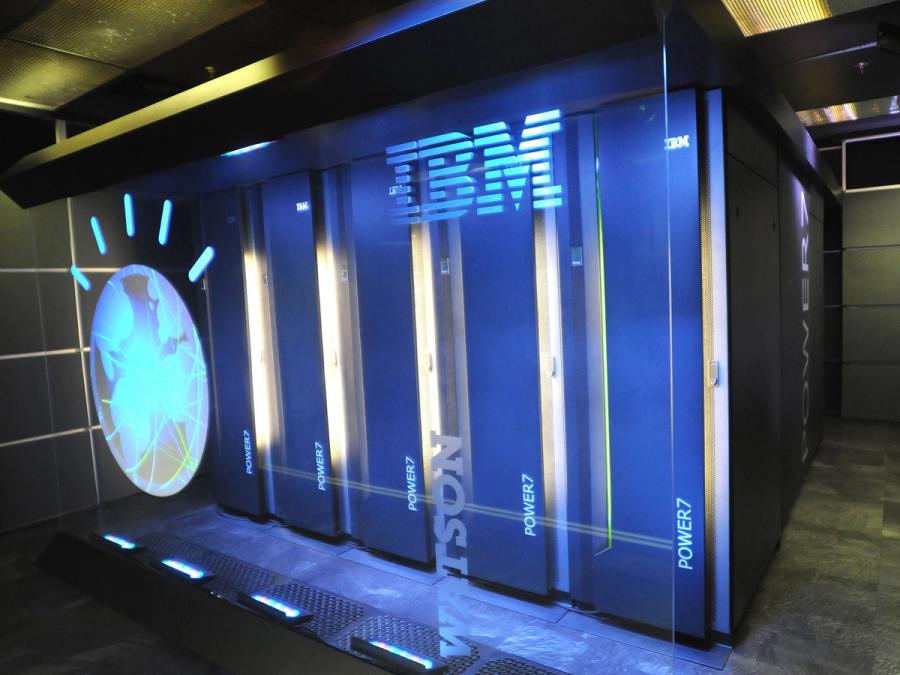
Specs
- Overview
Architecture based on embarrassingly parallel computations. Capable of performing 80 teraflops (trillion floating-point operations per second).
- Status
Ongoing
- Year
2011
- Website
- Width
- 285.5 cm
- Height
- 200 cm (approximate)
- Length
- 291.9 cm
- Weight
- 7500 kg (approximate)
- Materials
Lots of silicon and metal.
- Compute
90 clustered IBM Power 750 servers housed in 10 refrigerator-size racks with I/O nodes and communications hubs. Total of 2,880 POWER7 processor cores, 16 TB of RAM, and 21.6 TB of storage.
- Software
Watson is powered by the DeepQA (Deep Question Answering) analytics software developed by IBM Research. DeepQA is largely written in Java. Other important components are in C/C++ and Prolog. All components work with Apache UIMA (Unstructured Information Management Architecture), which provides the middleware framework for both interoperability and scalability. Watson uses IBM Java for Power systems, the LanguageWare tokenizer from IBM Content Analytics, the ESG parser from IBM Research, and Case Restoration analytics from IBM Research. Other open source analytics used in DeepQA include Indri and Apache Lucene text-search components and the Sesame RDF schema-based repository and querying facility. Hadoop is also used as part of the technology tool kit for generating runtime data sets. For software development the DeepQA research team uses Eclipse and Rational tools.
- Power
External power supply
